Regulatory Support for Food Innovation
Regulatory frameworks that support food innovation are playing a pivotal role in the Food Texturizing Agents Market. Governments are increasingly recognizing the importance of food innovation in addressing public health challenges and promoting sustainable practices. This regulatory support encourages the development and use of novel texturizing agents that can enhance food quality and safety. For instance, initiatives aimed at reducing food waste and promoting healthier eating habits are likely to stimulate demand for innovative texturizing solutions. As regulations evolve to favor healthier and more sustainable food options, the Food Texturizing Agents Market is expected to experience growth, driven by the need for compliant and innovative texturizing agents.
Rising Demand for Clean Label Products
The Food Texturizing Agents Market is experiencing a notable shift towards clean label products, driven by consumer preferences for transparency and natural ingredients. As consumers become increasingly health-conscious, they seek products that are free from artificial additives and preservatives. This trend is reflected in market data, indicating that the clean label segment is projected to grow at a compound annual growth rate of approximately 7% over the next five years. Manufacturers are responding by reformulating their products to include natural texturizing agents, which not only enhance texture but also align with consumer expectations for healthier options. This demand for clean labels is likely to propel the growth of the Food Texturizing Agents Market, as companies strive to meet the evolving needs of their customers.
Consumer Preference for Functional Foods
The Food Texturizing Agents Market is also being driven by a growing consumer preference for functional foods. These foods, which offer health benefits beyond basic nutrition, often require specific textural properties to enhance their appeal. As consumers seek products that support health and wellness, manufacturers are incorporating texturizing agents that not only improve texture but also contribute to the functional attributes of food. Market Research Future indicates that the functional food market is expected to surpass 275 billion by 2025, highlighting the potential for growth in the Food Texturizing Agents Market. This trend suggests that texturizing agents will play a crucial role in the formulation of products that meet consumer demands for both taste and health benefits.
Expansion of the Plant-Based Food Sector
The Food Texturizing Agents Market is significantly influenced by the expansion of the plant-based food sector. As more consumers adopt vegetarian and vegan diets, the need for effective texturizing agents that can replicate the mouthfeel and texture of animal-based products becomes paramount. Market analysis suggests that the plant-based food market is expected to reach a valuation of over 74 billion by 2027, creating substantial opportunities for texturizing agents derived from plant sources. These agents not only provide the desired texture but also contribute to the nutritional profile of plant-based products. Consequently, the growth of the plant-based food sector is likely to drive innovation and demand within the Food Texturizing Agents Market.
Technological Innovations in Food Processing
Technological advancements in food processing are reshaping the Food Texturizing Agents Market. Innovations such as high-pressure processing and advanced emulsification techniques enable manufacturers to create more stable and appealing food products. These technologies facilitate the development of new texturizing agents that can enhance the sensory attributes of food while maintaining quality and safety. Market data indicates that the food processing technology sector is projected to grow at a CAGR of 6% through 2028, suggesting a robust demand for innovative texturizing solutions. As food manufacturers increasingly adopt these technologies, the Food Texturizing Agents Market is likely to benefit from enhanced product offerings and improved consumer satisfaction.


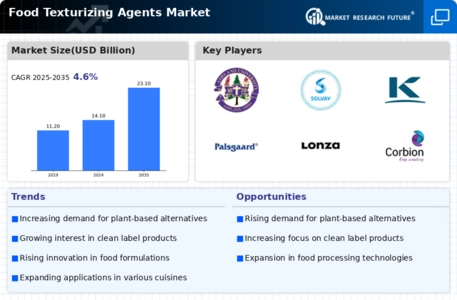
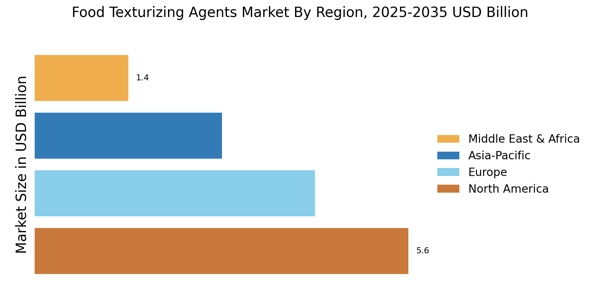
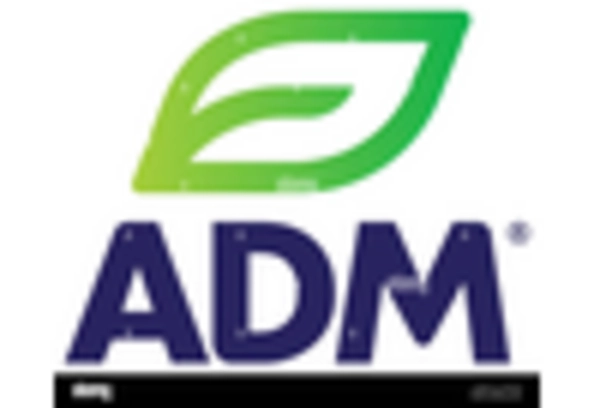



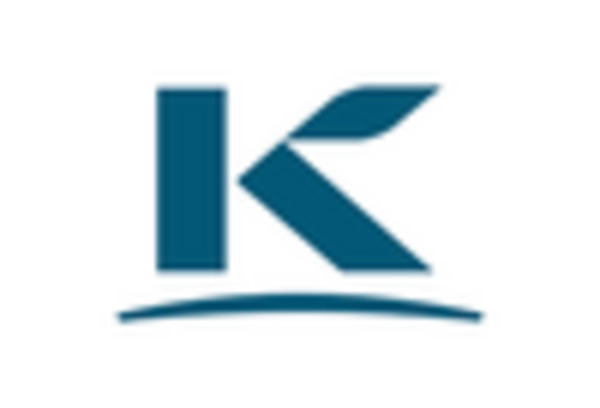
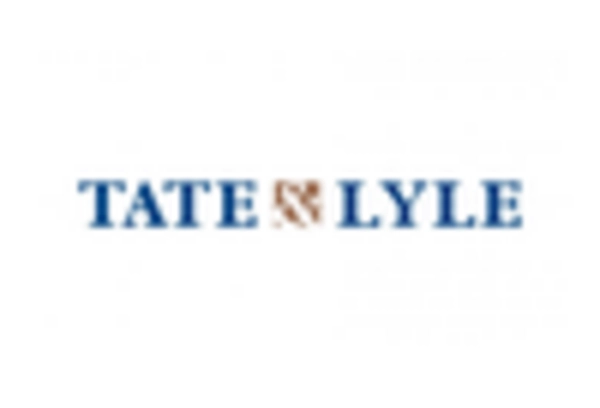








Leave a Comment